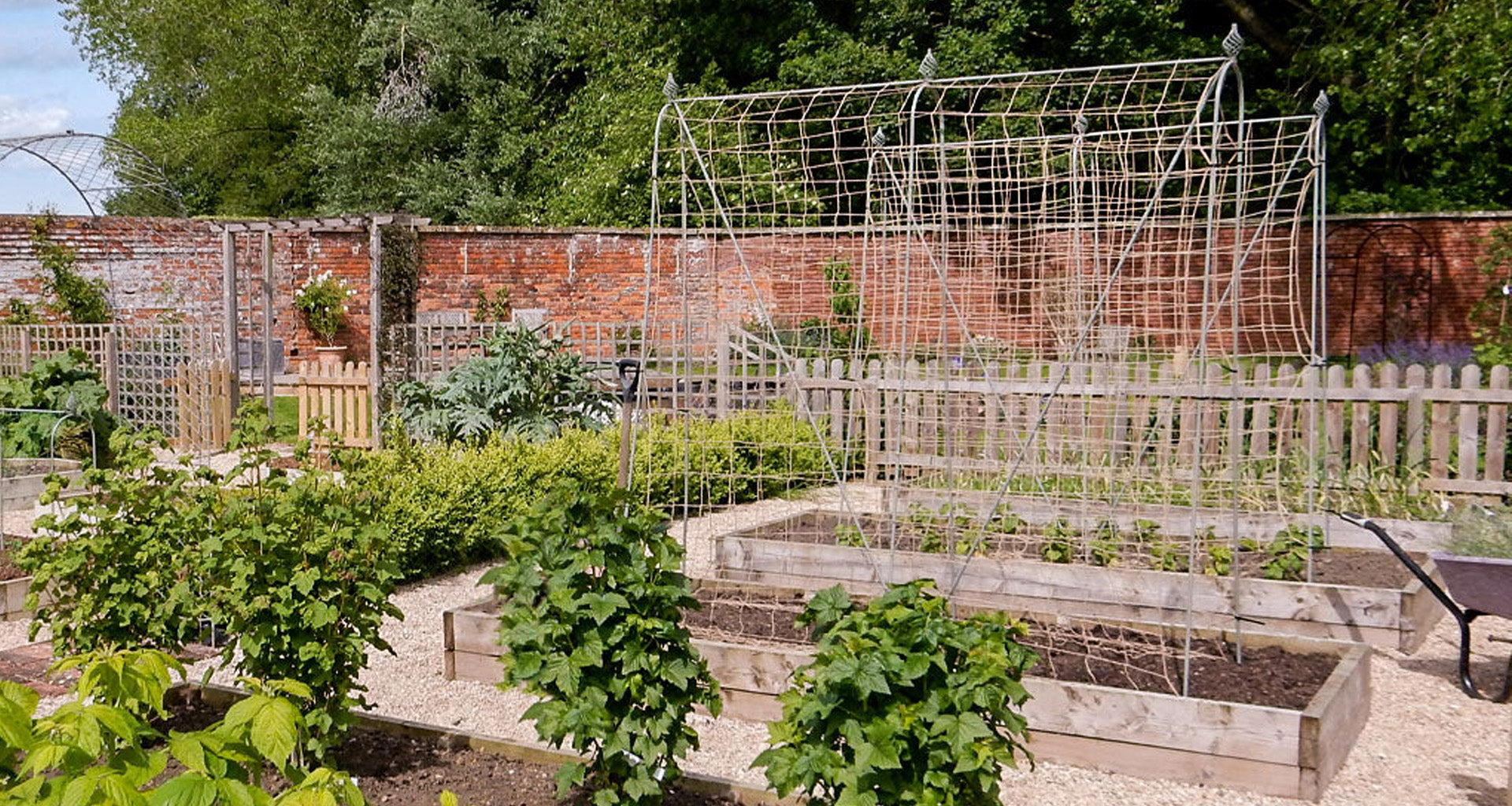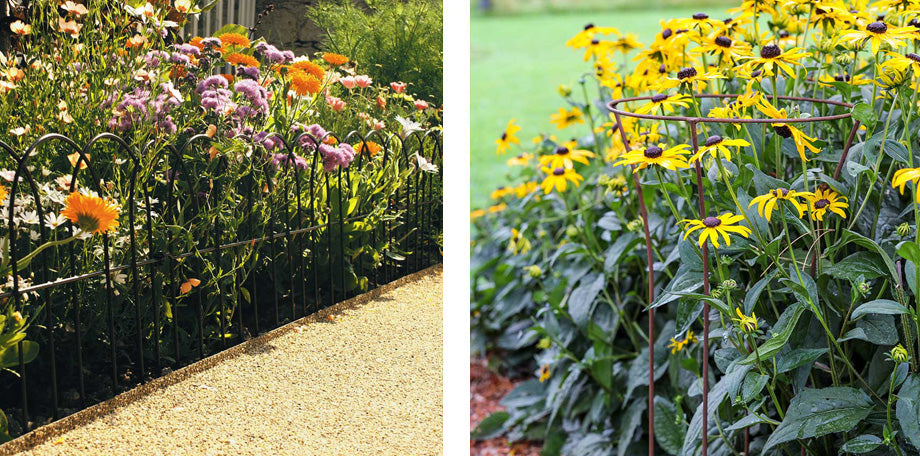Gardening Tips for April

April in the garden is possibly the busiest month bar none. It brings a diversity of jobs, be it sowing seed, potting up, planting out, pruning, or simply just mowing the lawn. The weather tends to be a real mixture too - Chilly starts, torrential downpours, or those afternoons in just a T-shirt, it’s all there.
With the warmer sunshine comes the full spring experience – lush green growth, the hum of distant lawnmowers, blossom seemingly everywhere, and the oh so vibrant colours of beds and borders. Everything’s properly bursting into life. As much as anything it’s a time of hope and expectation.
General Tasks
- Watch out for frosts and keep horticultural fleece or cloche handy to put over any plants vulnerable to damage
- Trim back climbers threatening to outgrow their structure, always cutting back to a pair of buds
For An Ornamental Garden
- Prune forsythia as soon as flowering finishes, removing about one in five of the oldest stems
- Cut back old growth on ferns to make room for the new shoots and show them off as they unfurl
- Put up supports or obelisks for climbers like sweet-peas and clematis

For A Kitchen Garden
- Sow spinach seed direct into the ground, spacing the easy-to-handle seeds about 5cm apart in shallow drills.
- Inspect fruit tree branches for woolly aphid, like white fluff on the bark; blast off with a jet of water if you spot them.
- Plant asparagus in trenches, making mounds in the bottom to sit the spidery crowns on before back-filling with soil.
- Sow hardy annuals which are perfect for filling gaps in beds and borders - try Clarkia, Godetia, annual poppies and nasturtiums.
- If you didn’t sow sweet peas either in the autumn or earlier in the year, direct sow now at the base of an obelisk or arch, working plenty of organic matter into the soil first.
- Keep well watered, pinch out the growing tips once a few leaves have formed and loosely tie in until established.
- Plant out sweet peas raised under cover.
- Pot up plug plants bought from garden centres into 9cm pots of multipurpose.
- Tidy up, repot and start feeding overwintered fuchsias and pelargoniums.
‘Harden off’ bedding plants
Once annual plants are growing away strongly, move to an unheated greenhouse or coldframe to harden off, opening doors and vents on mild days, closing at night. The idea is to gradually acclimatise tender plants to the outdoors – keep an eye on the weather though and drape fleece over pots and trays on cold nights.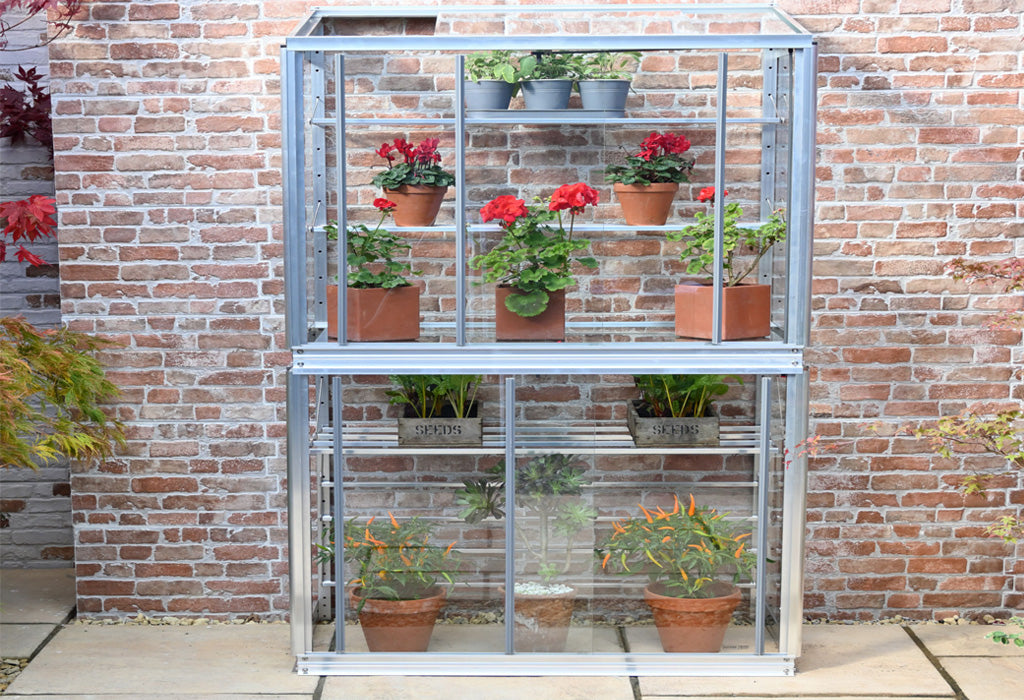
Plant up hanging baskets
You can plant up hanging baskets early and then keep them in a coldframe or geenhouse to harden off until the middle of May when they’re ready to hang. If you struggle to keep up with the daily watering regime in high summer, consider succulents, dwarf grasses, convolvulus and trailing pelargoniums.
Deadhead spring flowering bulbs
Daffodils, hyacinths and tulips need deadheading as they fade to conserve energy for next year rather than producing seed. Sprinkle a granular fertilizer around clumps or drench with a liquid feed.
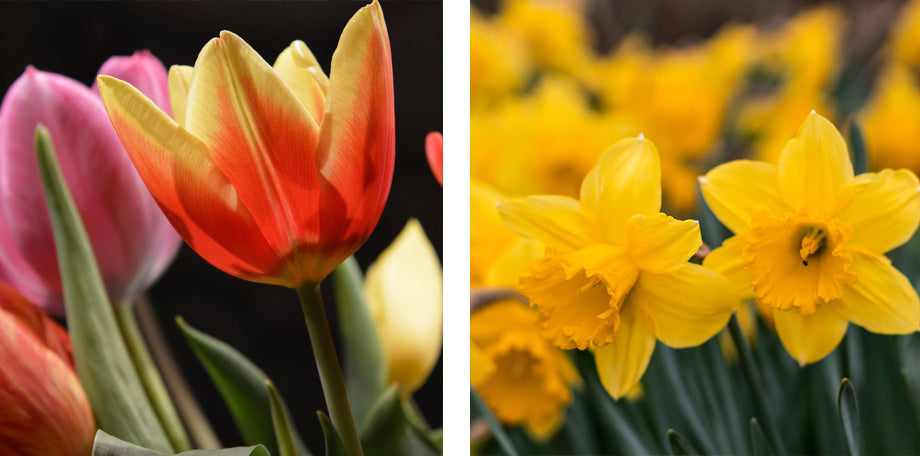
Sow annual climbers
If you've never grown annual climbers try cup-and-saucer vine, black-eyed Susan, morning glories or Rhodochiton - They are ideal for giving quick cover to a Gazebo or Arbour and will bring a tropical feel to your garden, flowering from July to October if sown now and planted out late in May.
Plant summer bulbs outdoors
Such as gladioli and lilies. Plant deeply, incorporating plenty of grit if you garden on heavy clay. Gladioli corms can be planted every few weeks to stagger flowering times over summer.
Get supports in place
With herbaceous perennials seeming to grow by the day, hoops, stakes and supports need to go in place now - foliage will quickly disguise them as it grows. Lupins, delphiniums, campanulas, oriental poppies and achilleas are just a few early-mid summer plants that’ll benefit greatly from a little help. Border edging helps to stop plants spilling out over lawns and pathways.
Take cuttings
From new shoots of delphiniums, lupins and dahlias. Dip into hormone rooting powder, pop into pots or trays of well-drained cuttings compost and provide a little bottom heat - a great way of propagating plants for free.
Plant out Dahlias
From the end of the month. Plant deeply or cover with a few handfuls of garden compost – Dahlias make great cut flowers for the house. Provide protection from slugs and snails until they get going.
Transplant seedlingsApril is a good time to transplant seedlings growing in the wrong place. Lift and move the likes of alchemilla, hellebores, grasses, evening primrose, verbena bonariensis and immature foxgloves. Keep well watered until firmly established.
Trees & Shrubs
Repot container grown trees and shrubs
- Knock plants out of pots, shake old compost from the roots and replant into fresh John Innes No.3 and some slow-release fertiliser.
- Mulch with gravel, pebbles or chipped bark to conserve moisture.
- Repot camellias, rhododendrons and azaleas after flowering with a loam-based ericaceous compost.
- Deadhead regularly in the meantime to maintain the plant’s appearance.

Prune Group 1 clematis
Once they finish flowering, including Carmadii, cirrhosa, alpina and macropetala varieties. There’s no rule of thumb here – simply cut out any dead growth and prune to fit their allotted space, or cut back harder neglected specimens in new of renewal.C.montana’s are best tackled in the same way next month once flowering is over.
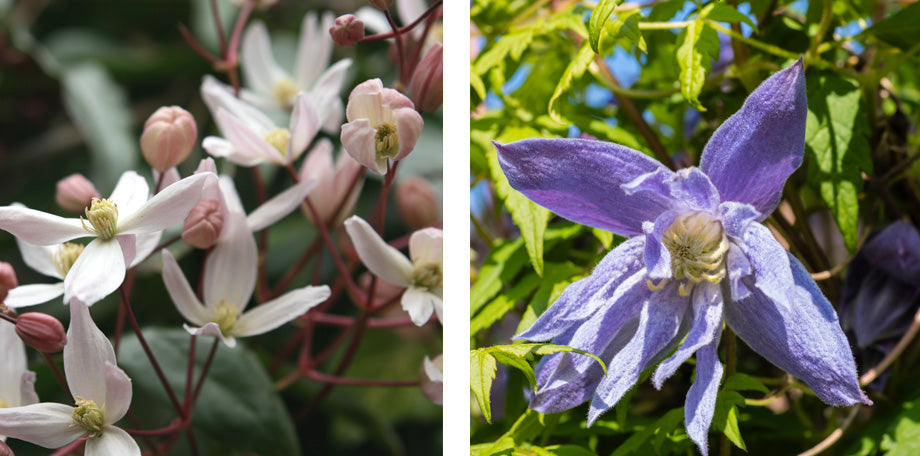
Spray roses
Those who grow roses will appreciate just how much they’ve been under attack during recent wet summers – blackspot, rust and aphids have all had a field day! Spray every few weeks early in the season to limit the threat of pests and diseases. Use a proprietary fungicide/insecticide to gain a measure of control from the off.
Prune early spring-flowering shrubs
Such as Forsythia, flowering currants and Viburnum tinus as soon as they finish flowering. This allows them to put on plenty of new growth to ripen for flowering next year. Cut back all flowered shoots by a quarter to a third, removing very old and unproductive shoots lower down.

Vegetables
Plant remaining seed potatoes
Second earlies and maincrops can be planted any time this month - try growing a few in planters for an earlier harvest.
Keep sowing indoors
Tomatoes, chillies, sweet peppers, sweetcorn, squashes, cucumbers, climbing beans and the like can all be started from seed indoors now and planted uot later in the month with a bit of protection - a Cloche or Tunnel is ideal.
Put up climbing bean supports
At the end of the month in readiness for sowing climbing beans position your support and prepare the soil. Start beans under glass if you’re keen to get them going and always look to grow legumes in a rich, fertile soil – over a compost trench if you’ve taken the time to prepare one. Use Jute netting for a little extra support as your peas or beans establish.
Fruit
Net soft fruit
Soft fruit is best netted early in the season to stop small birds pecking fruit buds, and then to stop them stripping fruit later on - a fruit cage is a great investment if you enjoy growing soft fruit.
Harvest rhubarb
It’s rhubarb season, so harvest stems whilst young and tender. Snap stems from the base with a downward twist. Never pick more than a third of the stems at any one time. If you’ve forced plants, stop doing so now, mulch heavily, and leave uncroppped for the rest of the year.

Herbs
-
Sow herbs
As per last month. Provide bottom heat where possible. Successional sowings of basil and coriander can be cropped right through the season. -
Prune shrubby herbs
Such as bay and sage. Trim lavender, being careful not to cut into old wood. -
Plant herbs in containers
For easy pickings, pot up a few herbs for growing in containers near the back door.



